
Science and technology play a central role in Vietnam’s green and carbon-neutral development strategy. However, technology only becomes a driving force when it is transferred and applied in practice. The research-policy-market gap remains a major bottleneck in the green transition. Technology transfer breakthroughs are therefore the key to opening up new growth spaces for the Net Zero target.
Narrowing the research-policy-market gap
To achieve its carbon neutrality target, Vietnam is shifting from a growth model based on resource exploitation to one based on knowledge, innovation and green technology.
According to the National Strategy on Green Growth for the 2021-2030 period, science and technology are pillars that help restructure the development model towards resource efficiency and emission reduction.
Mr. Tran Quoc Cuong, Director of the Department of Social Sciences, Humanities and Natural Sciences ( Ministry of Science and Technology ) emphasized: "Breakthroughs in technology transfer, supported by an innovation ecosystem, are one of the main drivers to achieve green transformation goals". The domestic innovation ecosystem has been formed with more than 4,000 startups. However, for technology to spread and create real value, there needs to be close connections between research institutes, businesses and localities, instead of stopping at demonstration models.
Market reality also shows this trend, in which many agricultural models have proven that when technology, people and resources are properly linked, a comprehensive circular agricultural ecosystem can be formed.
In parallel, the Ministry of Science and Technology is promoting the development of technology exchanges, innovation centers, technology innovation support funds and green solution demonstration programs.
Digital technologies such as artificial intelligence (AI), internet of things (IoT), and big data also open up powerful tools for monitoring emissions, optimizing energy, and building smart factories, green cities, and circular agriculture.
At the local level, many green transformation models have been integrated into development strategies. In Hue city, the heritage-ecology-smart urban orientation helps link green transformation with sustainable tourism and plastic waste reduction.
Green transformation in Quang Tri province is being promoted in the direction of developing community digital capacity. The “Digital Literacy for All” movement, combined with AI and data training for officials, helps the locality to apply technology to resource management, planning and public services in a more substantial way.
Digital technologies such as artificial intelligence (AI), internet of things (IoT), and big data also open up powerful tools for monitoring emissions, optimizing energy, and building smart factories, green cities, and circular agriculture.
In the context of increasingly severe climate change, the Mekong Delta is where the role of technology transfer associated with on-site human resource training is clearly demonstrated. Ho Chi Minh City National University is connecting research, application, and training for the region, developing solutions for salinity-adapted agriculture, circular economy, and renewable energy in aquaculture...
The reorganization of provincial-level administrative units according to Resolution No. 202/2025/QH15 opens up opportunities to form a unified regional coordination mechanism, an important condition for implementing science, technology and innovation projects.
Flexible testing mechanism
According to Associate Professor, Dr. Nguyen The Chinh, Vice President of the Vietnam Environmental Economics Association, green development policies still have many major bottlenecks. For example, incentives are not synchronized, domestic technology is still backward, human resources to operate green technology are lacking; at the same time, the coordination between the "three houses" - the State, institutes-schools and enterprises is not effective, causing many research results to not be put into production.
These are all factors that directly hinder the ability to absorb and deploy modern technology in enterprises. Therefore, building an innovation ecosystem based on scientific and technological breakthroughs and substantial coordination between the "three houses" becomes an urgent requirement.
Experts say that when research, incubation, demonstration, and markets are seamlessly connected, the ability to innovate new technologies can become a competitive advantage for the green economy. However, the biggest bottleneck today lies in the transfer stage.
Dr. Pham Ba Viet Anh, Hanoi University of Natural Resources and Environment, said that for green technology to truly enter life, it is necessary to shift from the mindset of "communication" to "ordering", which means: Localities raise problems, institutes and schools develop solutions, and businesses deploy and expand.
In reality, many technologies are available, but the lack of an ordering mechanism, lack of pilot space (sandbox) and fear of risk make entities want to cooperate but do not know where to start.
Experimental models such as WoodID or the P-Coin green credit of the Academy of Posts and Telecommunications Technology demonstrate that, when there is a suitable experimental space, initiatives can completely create impact and spread to the community.
This highlights the need for flexible testing mechanisms that enable new technologies to be tested, refined, and brought to market more quickly. Universities also highlighted two key pillars to closing the technology gap: institutions that allow flexible testing of new technologies and the development of green-digital human resources, especially in areas such as carbon capture, energy storage, and data-based resource management.
For green technology to truly enter life, it is necessary to shift from the mindset of "communication" to "ordering", which means: Localities raise problems, institutes and schools develop solutions, and businesses deploy and expand.
Dr. Pham Ba Viet Anh, Hanoi University of Natural Resources and Environment
Practices from smart agriculture, ecological urban areas or circular economy show that, to create a clear change, it is necessary to switch to the order-sandbox-post-control model, allowing piloting of new technologies within the scope of control, while forming a local green transformation fund linked to green credit and mobilizing international resources...
In addition, the "three-house" linkage needs to be implemented in a project chain with a fair risk and benefit sharing mechanism, along with training of human resources to operate right in the community to ensure that technology is not only transferred but also used effectively.
This spirit was emphasized at the fourth Partnership for Green Growth and the Global Goals 2030 (P4G) Summit in Hanoi this year. Minister of Science and Technology Nguyen Manh Hung affirmed: “Green transformation is a long journey. Therefore, we need to build a complete and balanced green ecosystem, including green institutions, green infrastructure, green human resources, green technology, green data and green culture.”
From that requirement, the Ministry of Science and Technology identified five strategic breakthrough groups in terms of institutions, fundamental technologies, standards-measurement-quality, green innovation ecosystem and human resources, and international cooperation, aiming to shift science and technology from a supporting role to creating a new growth model. In particular, the standards-measurement-quality system is an important foundation to help green transformation operate substantially.
Green transformation is therefore not only a requirement to respond to climate change but also an inevitable direction to increase competitiveness and ensure long-term development security.
The newly issued Law on Science, Technology and Innovation is an important breakthrough, as it includes “green transformation” and “circular economy” as strategic goals for the first time.
In the coming period, the Ministry of Science and Technology will continue to accompany ministries, branches and localities to implement the law towards developing the technology market, carbon market and improving the technology absorption capacity of enterprises.
Source: https://nhandan.vn/dot-pha-chuyen-giao-cong-nghe-cho-muc-tieu-net-zero-post923432.html




![[Photo] General Secretary To Lam receives Vice President of Luxshare-ICT Group (China)](https://vphoto.vietnam.vn/thumb/1200x675/vietnam/resource/IMAGE/2025/11/15/1763211137119_a1-bnd-7809-8939-jpg.webp)
![[Photo] Prime Minister Pham Minh Chinh meets with representatives of outstanding teachers](https://vphoto.vietnam.vn/thumb/1200x675/vietnam/resource/IMAGE/2025/11/15/1763215934276_dsc-0578-jpg.webp)







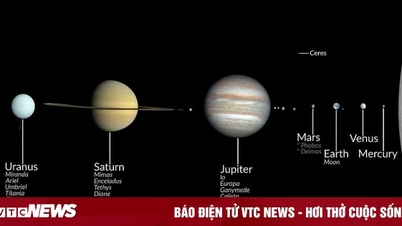








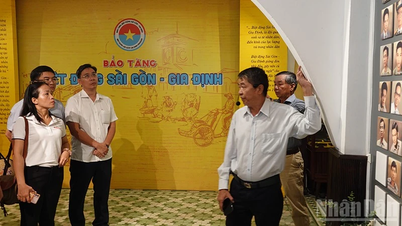


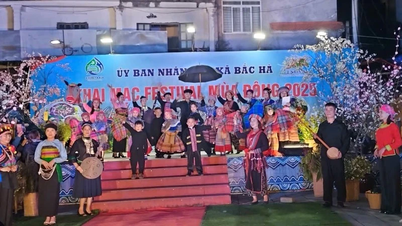
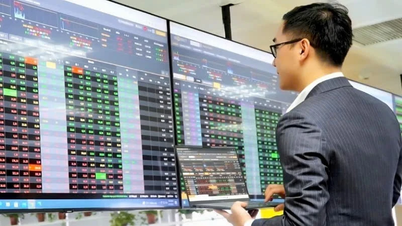















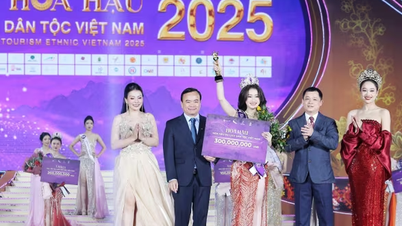

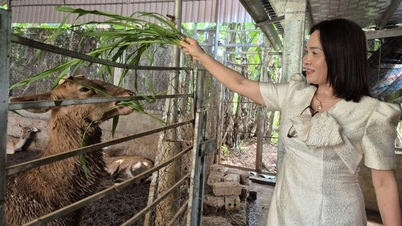
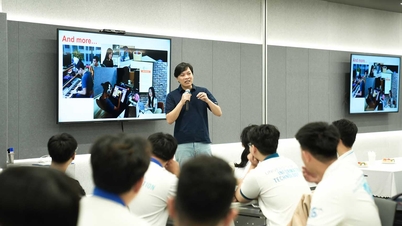























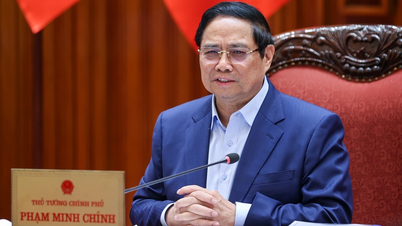










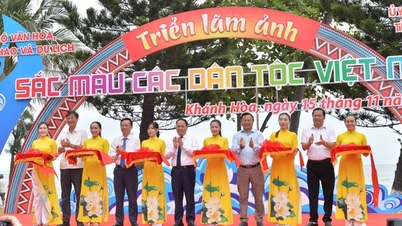



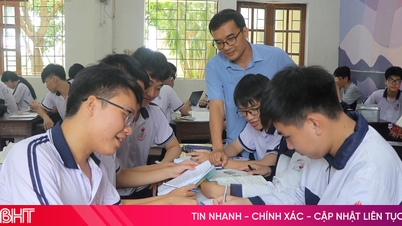



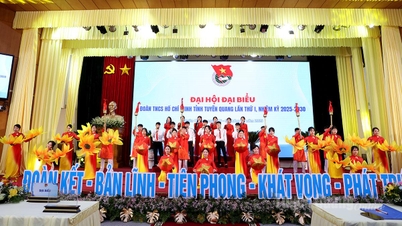

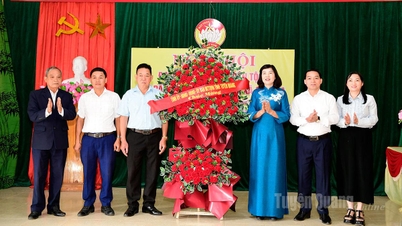











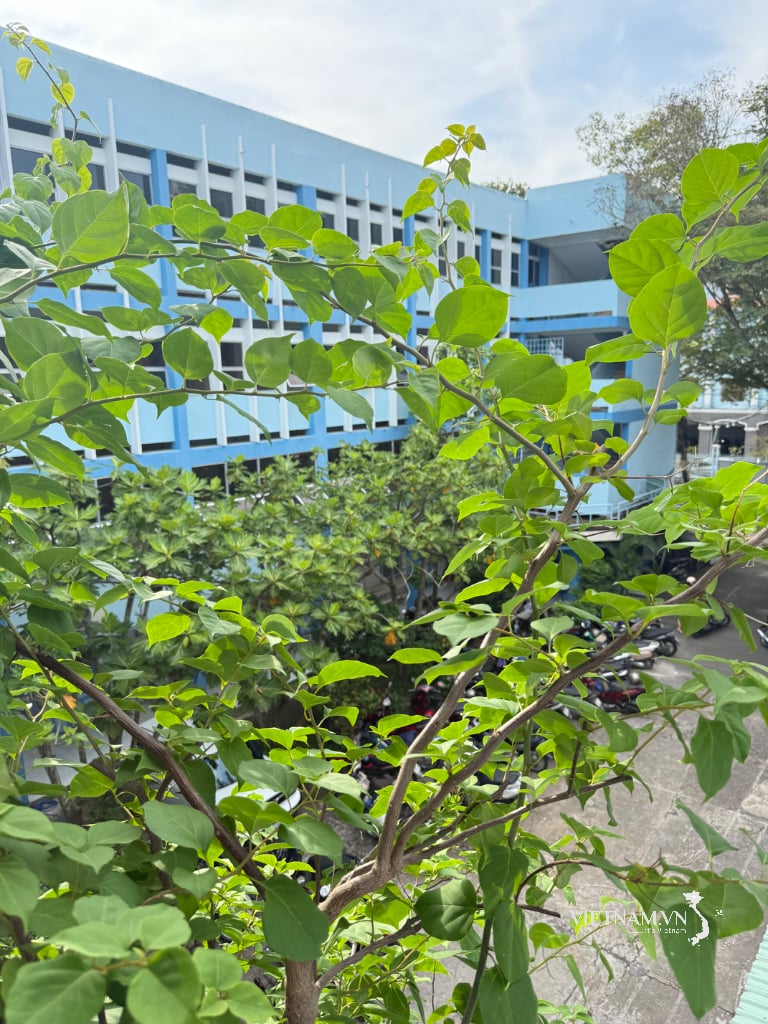
Comment (0)